Fondant: This is Your Life!
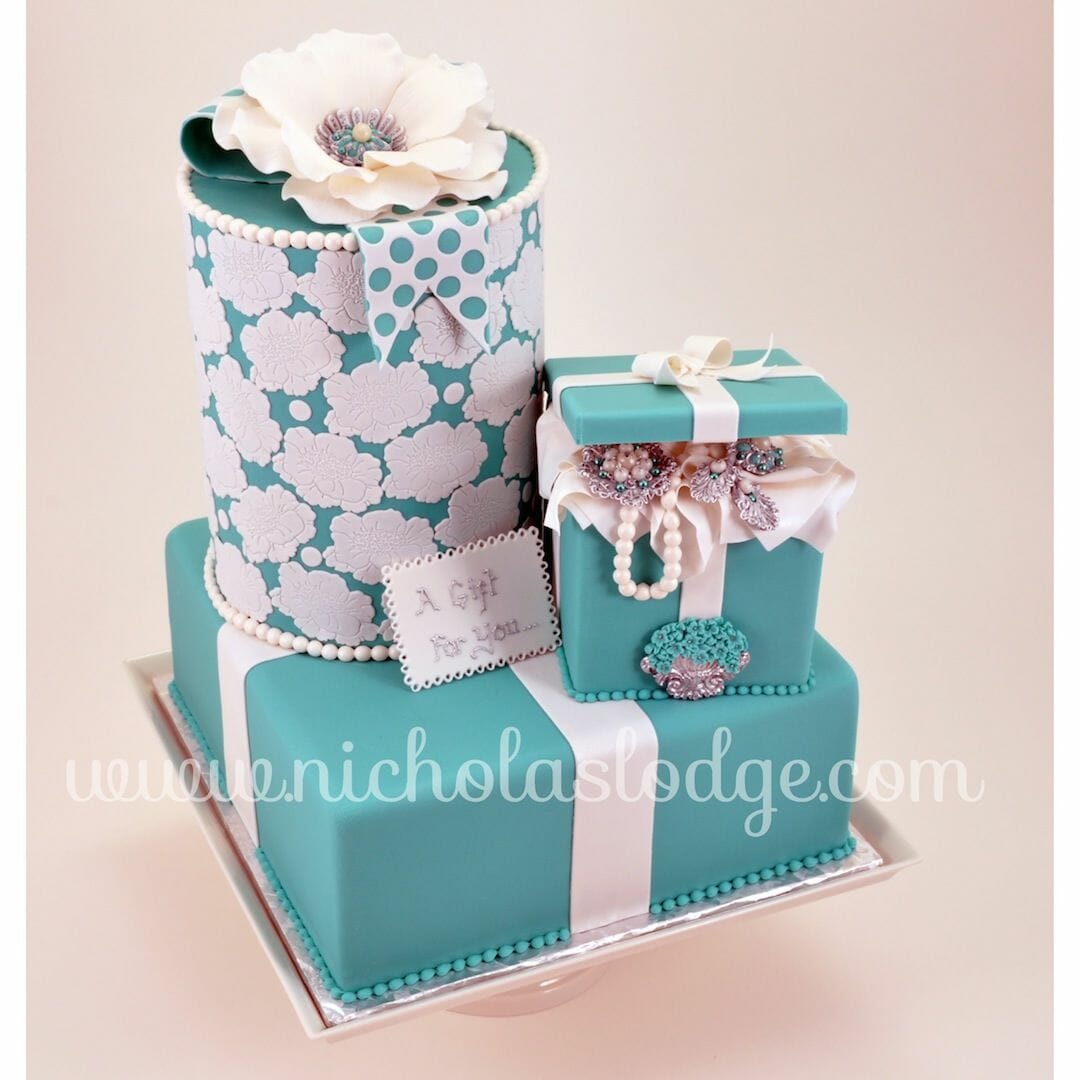
Fondant: A Retrospective
I think it is a safe bet that nearly all the readers on this blog have used, or have heard of, rolled fondant. It is certainly a staple in all of Chef Lodge’s cake decorating classes and a product that continually flies off the shelf in our retail gallery. The sweet marshmallowy taste and the stretchy, forgiving texture has made fondant wildly popular in the cake decorating world in recent years. I have used fondant to cover cakes and cookies, I have made fondant flowers and figures, I have even made fondant cameos! I’ve never questioned how this all-powerful substance came into being. Last week, I wrote about our new Jadeite colored fondant, and I wondered at the origins of fondant. Where was it invented? When was it first used to cover a cake? What makes it so stretchy? I am a researcher at heart, so I indulged my curiosity and delved into the deep, dark, sordid past of fondant. No, wait. Let me try that again: I indulged my curiosity and delved into the sweet, sugary, delicious past of fondant. Yeah, that’s better. Fondant: THIS IS YOUR LIFE!
The word fondant comes from the French “fondre,” which means, “to melt,” likely due to the fact that fondant tends to melt in the mouth. I found varying dates for the birth of fondant. Some sources claim that it was in use as early as the 16th century during the Renaissance. According to Toba Garrett’s book, Professional Cake Decorating, an early recipe included the following ingredients: sugar, rose water, egg white, lemon juice, and gum tragacanth. Other sources date the creation fondant to the mid 1800s. This version was flowing and could be poured over cakes (cakes could alternatively be dipped into fondant, like petit fours) or used as a filling in candies or chocolate (think the inside of a Cadbury Crème Egg or Godiva Chocolate). All sources agree that early fondant was reserved for the upper classes since white sugar was very expensive up until recent times.
Rolled fondant, as we know it today can be traced to 1950s Australia. It seems that our Aussie cake decorating forefathers were tired of covering their cakes with royal icing. In, The Australian Book of Cake Decorating, Bernice Vercoe likens royal icing to cement and wonders if dynamite is necessary to break through the rock hard covering. Necessity is the mother of invention, and rolled fondant’s mother is Australian. Originally called plastic icing, this material was considered far superior to royal icing because it could be rolled, stretched, draped, molded, and it would remain soft to the bite. Bernice points out that despite the fact that royal icing cracks and is hard and brittle, ‘The British still use it.” Bazinga! It would take another 30 years for rolled fondant to appear in print in the United States; the earliest reference to rolled fondant appears in the US in the 1980s. Fast forward another 30 years and nearly every professional cake you see is covered in fondant, and many amateur and home cake artists are trying and experimenting with fondant. Fondant has even appeared in pop culture: on a recent episode of CBS’s Big Bang Theory, two of the main characters use rolled fondant to create a Death Star cake! The smooth satiny finish adds elegance to cakes that are beautiful on their own or it can serve as an excellent base for more elaborate decorations.
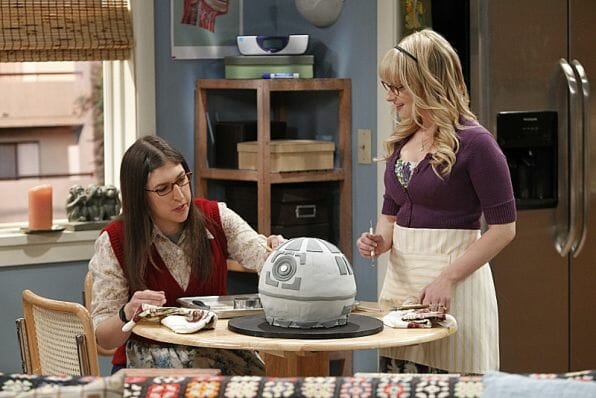
Nowadays, there are so many options in rolled fondant: numerous brands are available for nearly all cake making budgets, there are many flavor choices (original, buttercream, white chocolate, chocolate, dark chocolate, fruit flavors, etc.), and it comes in a rainbow of colors. If you are a stickler for homemade there are tons of at home recipes for fondant. Chef Nicholas Lodge prefers to use Albert Uster Imports brand of fondant. There are two product lines: Massa Premium Rolled Fondant (comes in Americana (white), White Chocolate, Dark Chocolate, Amethyst, 5th Avenue Blue, Peony Pink, and Jadeite) and FondArt, a marshmallow based rolled fondant (available in red, yellow, green, blue, black, and white). If you haven’t tried this brand yet, I highly recommend it- it’s tasty! Oh, and it’s great to work with too! The four cakes pictured below were designed and created by Chef Lodge using either Massa Premium Rolled Fondant or Fondart fondant. My personal favorite is the Peony Pink Ombre Cake!
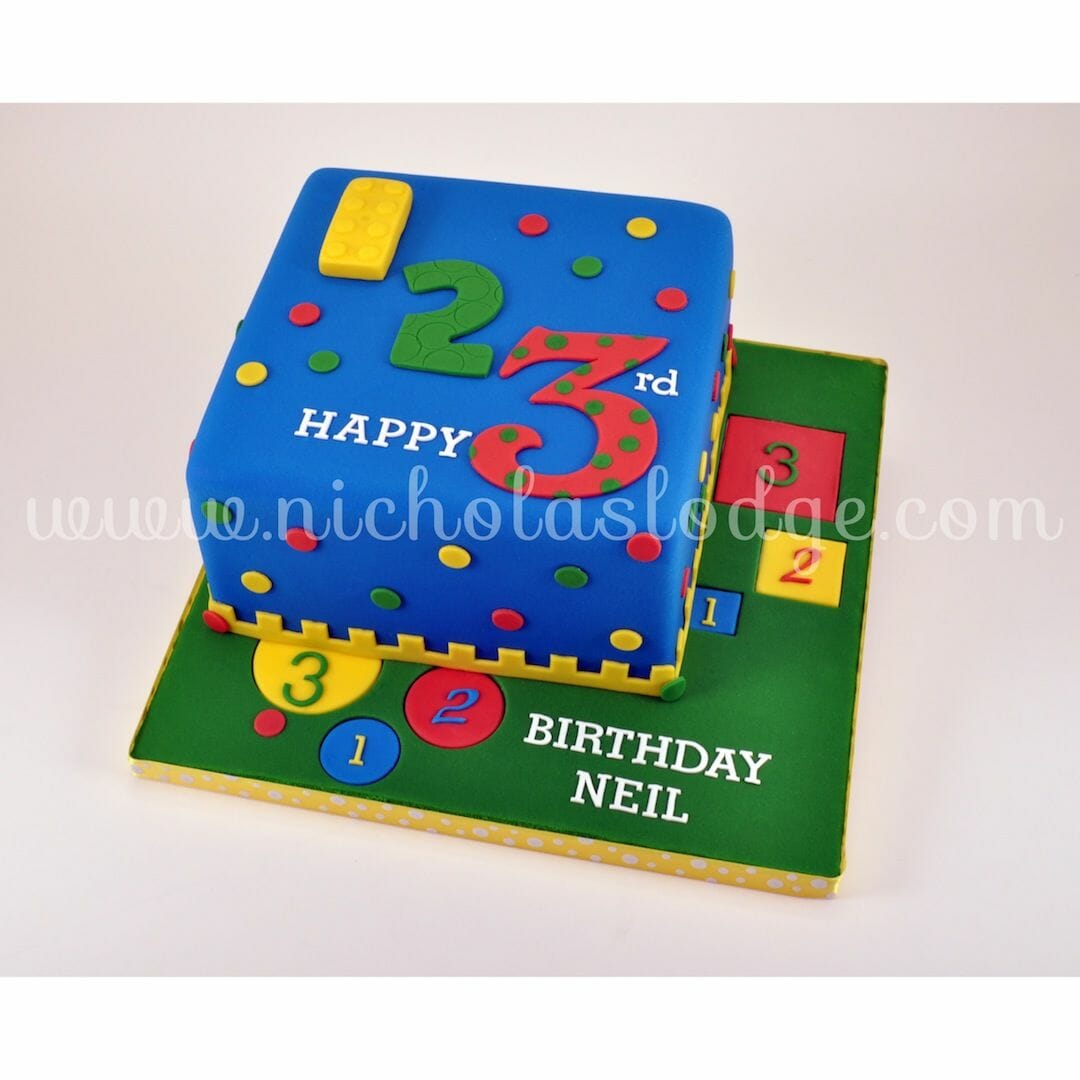
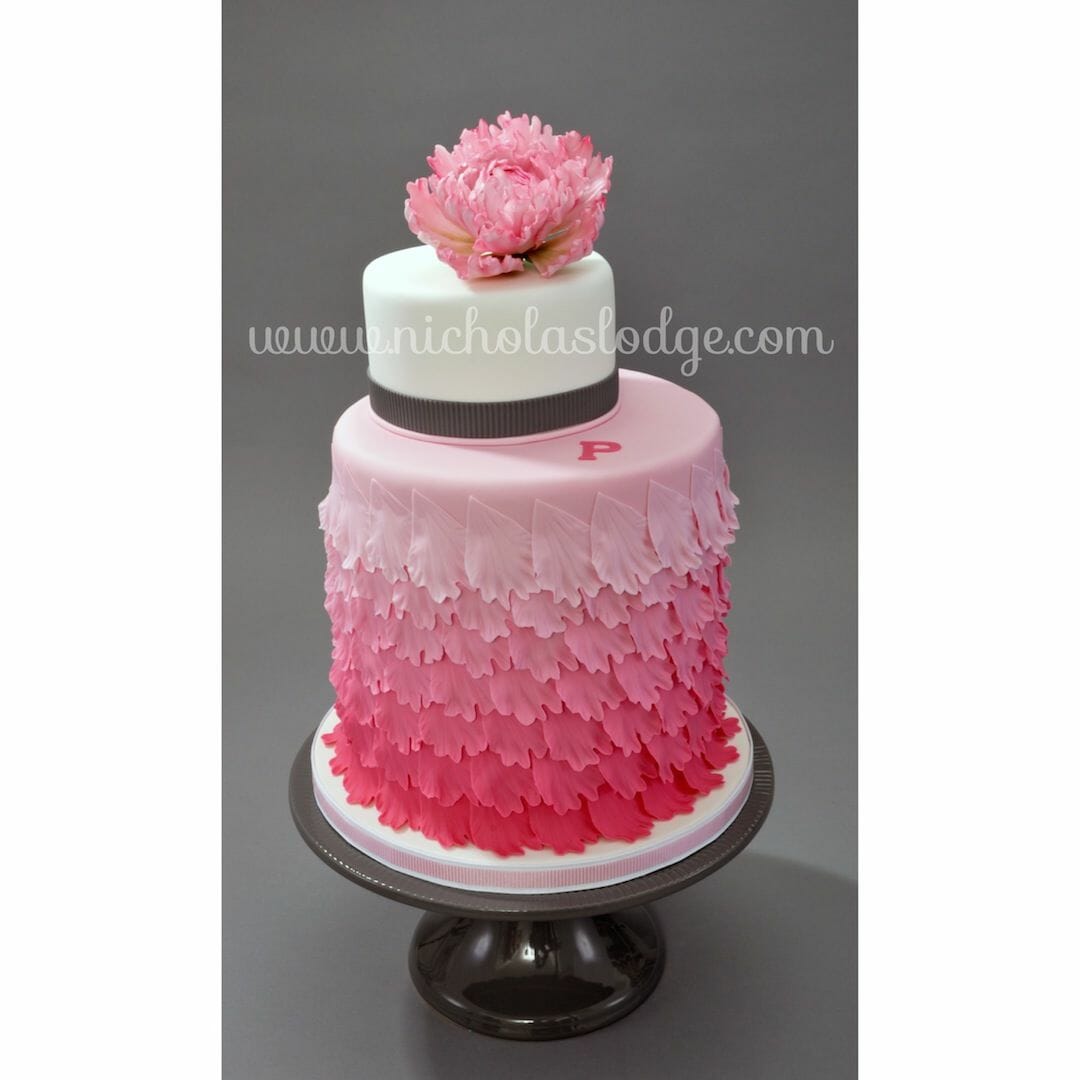
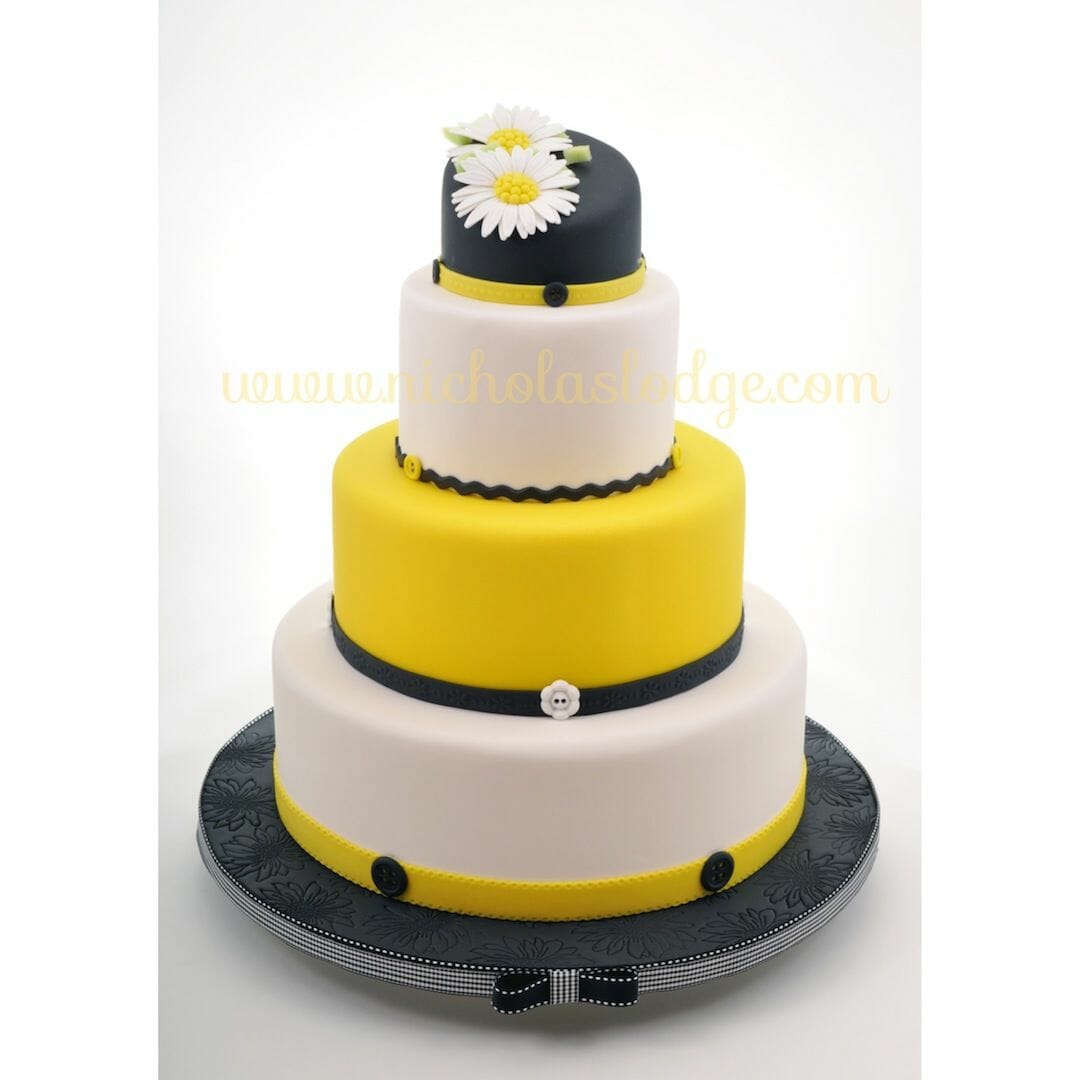
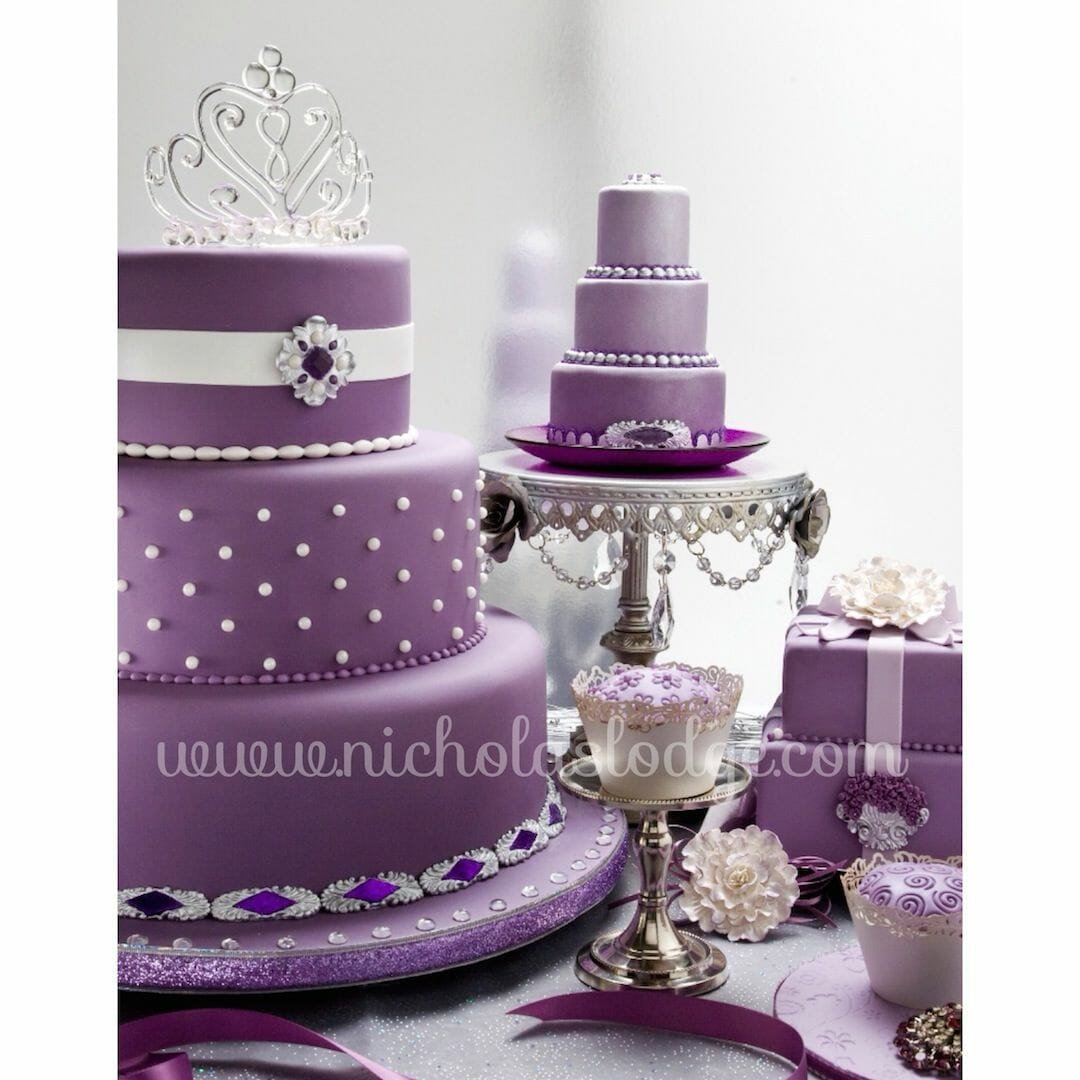
I have worked with high end fondant and created beautiful cakes, and I have failed miserably using homemade cream cheese fondant (in fairness, it was delicious, but I’ll be sticking with pre-made!), but the bottom line is that I love using fondant to cover cakes. I have never mastered perfectly smooth buttercream, and fondant has saved my cake decorating butt many times! What about you dear readers? What is your preferred fondant? Premade or homemade? Share your fondant success stories or your hilarious cake disasters with us!
Fondantly yours,
Stephanie
PS- if you haven’t yet heard all Craftsy classes are on sale up to 50% off! Click here to get some great deals!
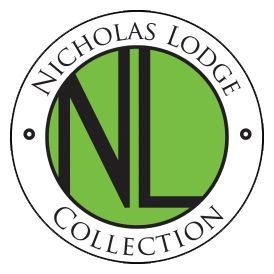

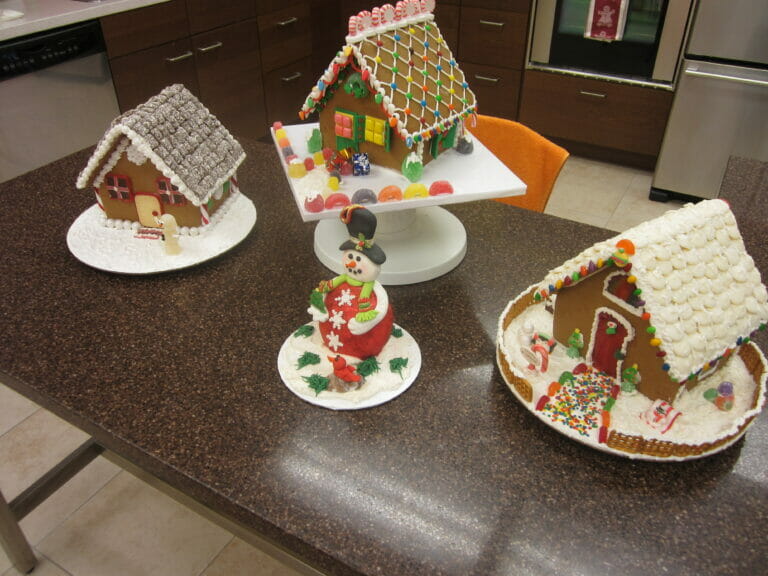
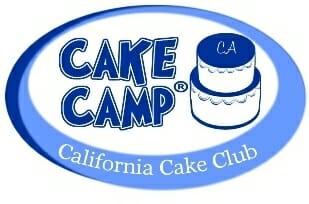
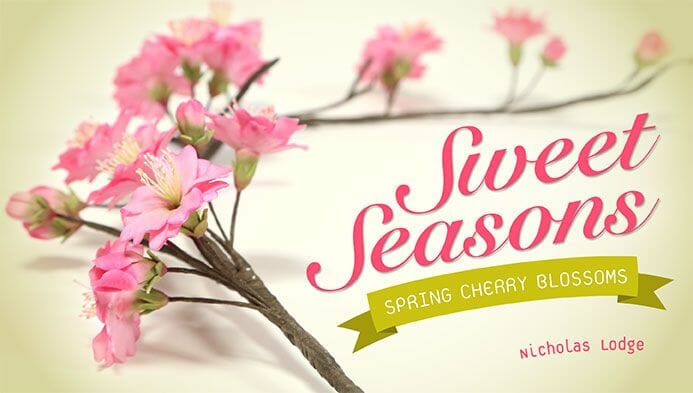

If my rolling pin could talk ;) I first experimented with a recipe about nearly 20 years ago. It was horrible, I felt like I was in a Three Stooges episode…rolling one side the other would spring back, ugh a nightmare. Now I prefer pre-made. I keep a variety of brands in my cake deco arsenal; FondArt is one of them. Thanks for the blog – interesting facts! I dig it.
yeah for us Aussies !!
I also use Albert Uster Fondant and Fondart for cakes and cookies. I used to make my own but I love the ease and flavor of the Massa. It’s funny a lot a people assume my buttercream cakes are covered in fondant and wonder if I can mess it up a little. It was very difficult to do.
Good afternoon. Thank you for the wonderful and interesting history. I’ve seen many times and sometimes used the fondant purchased, but in the world are so many different supplements that harm the body of many people and of course I prefer to do it myself. Although I have a simple recipe from the internet …. and so would like to know more and do it myself nauitsya delicious, delicate fondant …On the issue of royal icing, icing … I unfortunately can not. Glaze itself turns out, but I do not like it then hardens and its not nice to eat biscuits. And especially on the cake is not good, because it is very hard.I would like to know whether you can cook delicious sweet which was cut on the cake and eat it mildly was nice.Good day to you.